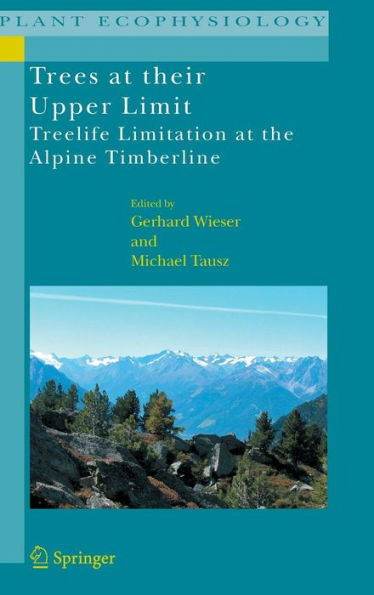5
1
9781402050732


Trees at their Upper Limit: Treelife Limitation at the Alpine Timberline / Edition 1 available in Hardcover

Trees at their Upper Limit: Treelife Limitation at the Alpine Timberline / Edition 1
- ISBN-10:
- 1402050739
- ISBN-13:
- 9781402050732
- Pub. Date:
- 12/20/2006
- Publisher:
- Springer Netherlands
- ISBN-10:
- 1402050739
- ISBN-13:
- 9781402050732
- Pub. Date:
- 12/20/2006
- Publisher:
- Springer Netherlands
169.99
In Stock

Product Details
| ISBN-13: | 9781402050732 |
|---|---|
| Publisher: | Springer Netherlands |
| Publication date: | 12/20/2006 |
| Series: | Plant Ecophysiology , #5 |
| Edition description: | 2007 |
| Pages: | 232 |
| Product dimensions: | 6.14(w) x 9.21(h) x 0.03(d) |
From the B&N Reads Blog
